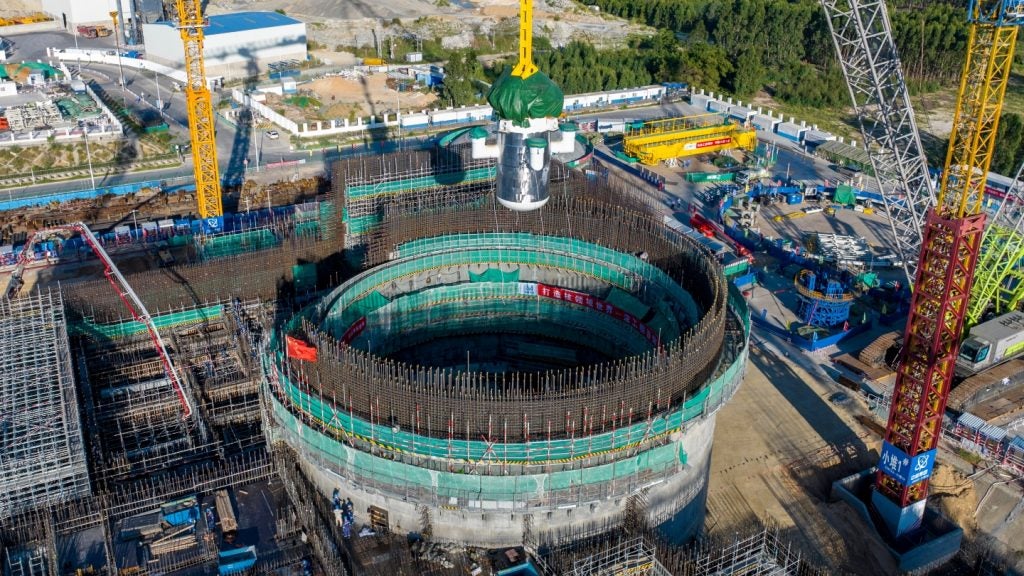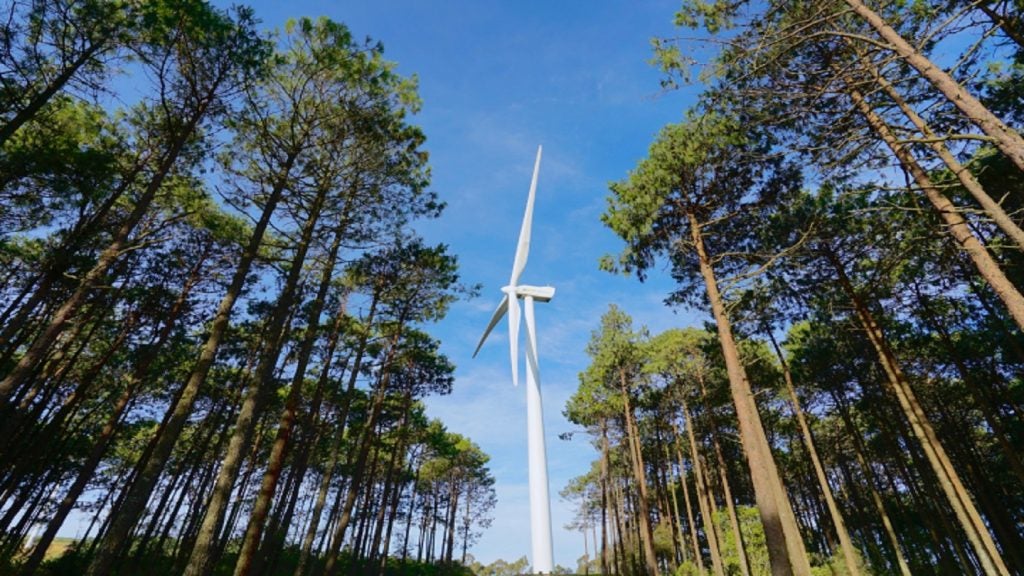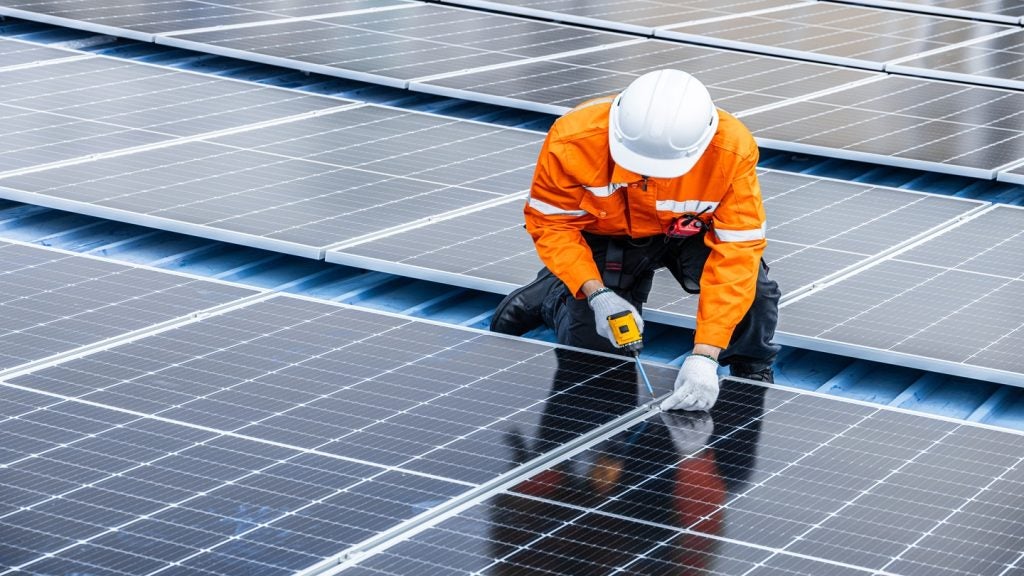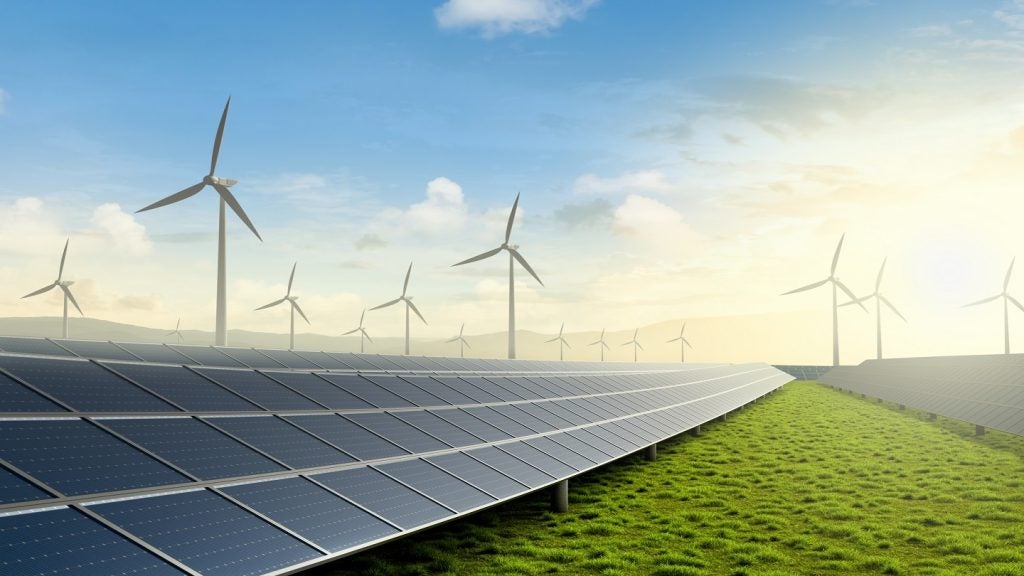Nuclear power is crucial for achieving emissions targets set for 2050, a new report has stated.
Power Technology's parent company GlobalData’s Climate Tech report outlines five technologies that are currently “immature” but that will be key for helping to reduce emissions in the long term. In addition to nuclear power, it cites agritech, green buildings, carbon capture and storage (CCS) and hydrogen.
Agritech is an umbrella term for technology used across the agriculture industry, including for emissions reduction. The report flags precision agriculture, methane inhibitors and alternative feeds as being significant for this purpose in the long term, but notes that they are only in the early stages of development.
Similarly, while capturing emissions at the source – as well as from within the atmosphere – can have a significant impact, CCS technology is at an early stage of development. Hydrogen technology also remains emergent but will reduce emissions for industries less suited to electrification in the long term.
While green building standards like LEED and BREEAM have driven efficiencies in building construction and operations for a long time, newer technologies like heat pumps will drive further improvements.
Nuclear SMRs
Nuclear power is being made more readily available through the use of small modular reactors (SMRs). These have about one-third of the generating capacity of traditional nuclear power reactors, according to the International Atomic Energy Agency, and can be assembled in factories for delivery to sites using lorries.
Of how the technology is progressing, GlobalData indicates that, while some corporates already have SMRs on order, they will not be in operation until nearer 2030. As such, it believes the market is unlikely to scale in time to meet 2030 targets.
There are only three SMRs currently in use worldwide, but the report notes that there are 279 in the pipeline. It adds that China and India are building the most nuclear power capacity.
“Tech companies like Google, Standard Power and Equinix have already agreed on deals for power from SMRs,” it states, noting that: “Large corporates with high power demands can work directly with a power supplier or an SMR company to expand future SMR capacity and guarantee a low-carbon power source.”
Like more traditional nuclear plants, SMRs generate power using fission. However, nuclear fusion technology is also developing. It has the potential to generate significantly more power than fission technology while producing limited nuclear waste.
Of this technology, GlobalData says: “A commercial fusion reactor is yet to be constructed. While some startups have received venture capital interest, there is no clear timeline for developing a commercial fusion reactor. Only companies with very large budgets and very high future power requirements should consider supporting fusion startups.”
















